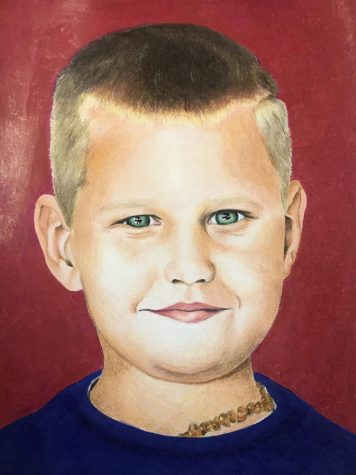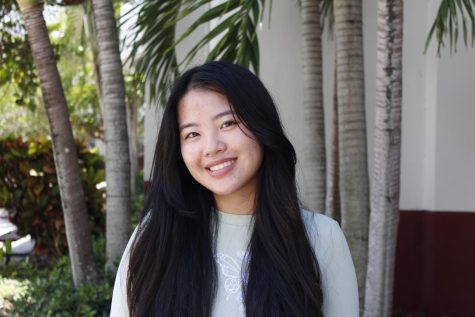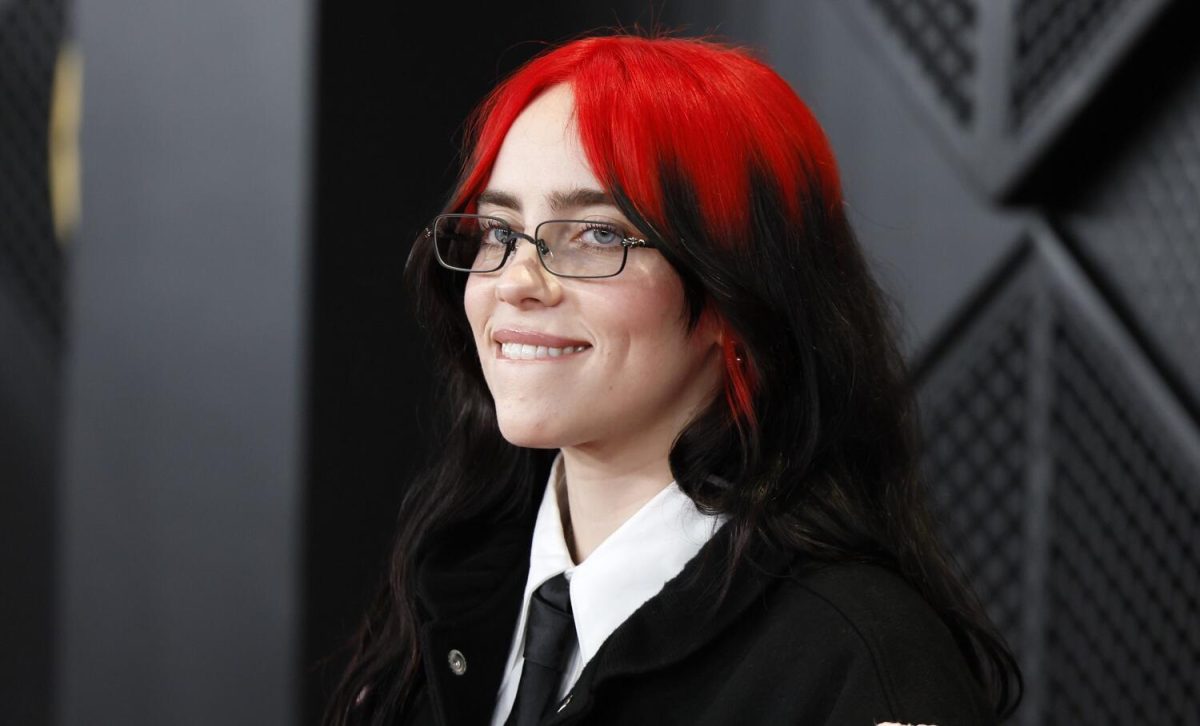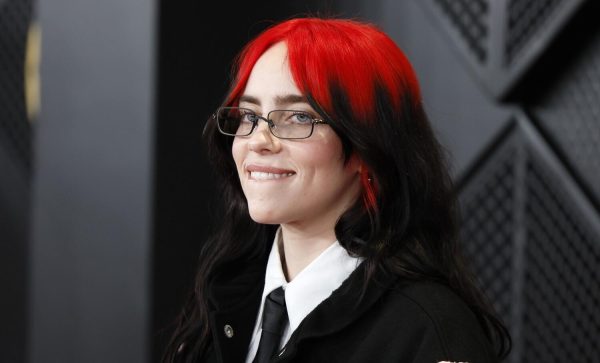MSD art students participate in the memory project for Russian orphans
Junior Christine Yared was one of the participants in the memory project. She drew a portrait of a young girl from Russia. Photo courtesy of Christine Yared
March 25, 2020
The Memory Project partners with various charities around the world for the portrait program each year. Photos of children are sent to participating high school art teachers, who then offer their students the opportunity to create unique personal portraits for the children. These special students come from art teachers Jacquelene Lieberman and Randee Lombard’s classrooms, with the majority from Lieberman’s Advanced Placement seventh period art class.
“Last year, we did the memory project in the Philippines,” Lieberman said. “It’s really important because I think it teaches our students that we take a lot of simple things for granted, like running water, being able to use a toilet that you can flush [and] being able to take a shower with hot water.”
The organization’s photographers travel to less privileged countries to take professional pictures of each orphan. These photographs are then included in packets and given to the schools participating to have their art students base their portraits off of. The packet also includes information such as the child’s name and favorite color.

Students then create a 9 by 12 inch portrait with the given information, which the organization personally delivers back to the children. Videos of their reaction while receiving the portraits are recorded and sent to the student artists to see.
“I like drawing portraits. It’s my favorite thing to do,” sophomore Faith Hartwig said. “Drawing the [orphans] lets them interpret what they look like and feel good about themselves. It makes you feel good about it because you know that it’s not just for you, it’s for the kids.”
Each art student received their own child to draw and connect to. Many of the artists utilized color pencils to outline and color their portraits. Details like hair color, face shape and clothing worn differed with each picture drawn. Similarly, the final products varied as the backgrounds of every drawing changed depending on what the orphan liked, combined with the student artist’s personal interpretation and connection with their child.
“You obviously can’t have a connection with someone through a photo of them, but I’ve thought about what it’s like in her position,” Hartwig said. “I’ve thought about what her life is like, where she lives in Russia, what she does on a daily basis and how she feels, because you can only get so much from the way they look in a picture.”
According to the Memory Project’s Portrait Program page, they “invite high school art students to cultivate global kindness by creating portraits as special gifts for children around the world. These portraits help the children feel valued and important, show them that many people care about their wellbeing, and provide them with a special childhood memory for the future.”
The memory project doesn’t only aim to benefit the students drawing the portraits, but also to build a better understanding of friendship and awareness through art for years to come. To MSD art students participating this year, the optional assignment has opened their eyes to negative situations in other countries and has encouraged them to appreciate the little things in life.























